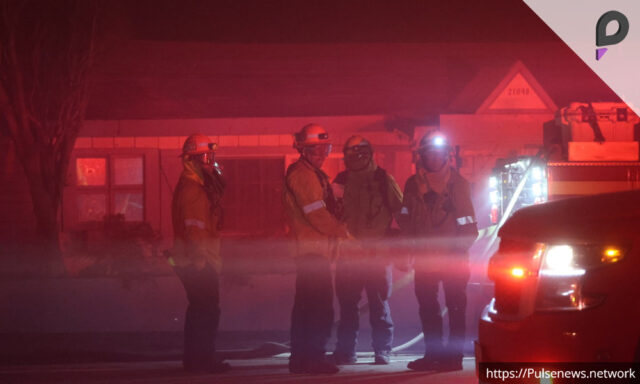Los Angeles: Two fires in Southern California have reached alarming levels of destruction, with the Palisades and Eaton fires now ranked among the five most destructive in state history. Preliminary data from CalFire shows that these fires have caused unprecedented damage in recent days.
The Palisades Fire has already destroyed over 5,300 structures, making it the third-most destructive in California history. Close behind, the Eaton Fire has burned more than 4,000 structures, ranking as the fourth-most severe. Both of these numbers are likely to rise as additional assessments are completed.
Wildfire Frequency on the Rise
Fires of such magnitude are becoming alarmingly common in recent years. Out of the 20 most destructive fires in California’s history, 15 have occurred since 2015. Experts suggest that climate change, particularly due to fossil fuel pollution, is fueling more severe and widespread fires.
Climate change increases temperatures and alters weather patterns, providing ideal conditions for larger fires. In addition to intense heat, vegetation becomes more prone to burning after droughts, which further fuels fire intensity and growth.
Extreme Weather Conditions Contributing to Severity
These two fires are unique in that they both took place in January, which is historically not fire season. Experts point to “weather whiplash,” a phenomenon where shifting patterns of wet and dry conditions exacerbate vegetation growth, only for it to dry out later, becoming highly combustible.
Such swings have become more frequent, with two exceptionally wet winters followed by a long dry period turning dense vegetation into highly flammable material. Scientists agree that weather changes driven by climate change are leading to longer, more unpredictable fire seasons.
Ongoing Recovery Efforts
With such high destruction levels, recovery efforts in affected areas are ongoing. Local authorities, aided by state resources, continue to manage evacuations, protect structures, and minimize further damage. Communities devastated by these fires will require months, or even years, to rebuild, especially as fire seasons seem to be intensifying.
The local population is also dealing with the emotional toll of having witnessed the ravaging consequences of these fires. Both Palisades and Eaton fires reflect the increasing urgency to address climate change to protect communities in wildfire-prone areas.
As the fires continue to burn, experts warn of more extreme wildfire seasons ahead and urge immediate action.











